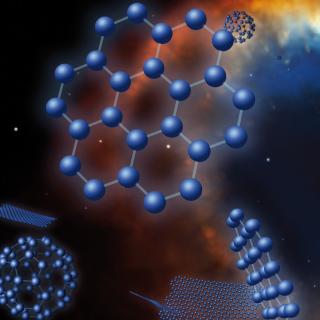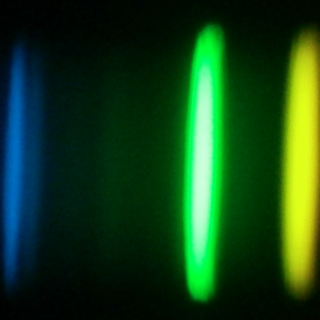Bibcode
Fleming, S. W.; Mahadevan, Suvrath; Deshpande, Rohit; Bender, Chad F.; Terrien, Ryan C.; Marchwinski, Robert C.; Wang, Ji; Roy, Arpita; Stassun, Keivan G.; Allende Prieto, C.; Cunha, Katia; Smith, Verne V.; Agol, Eric; Ak, Hasan; Bastien, Fabienne A.; Bizyaev, Dmitry; Crepp, Justin R.; Ford, Eric B.; Frinchaboy, Peter M.; García-Hernández, D. A.; Elia García Pérez, Ana; Gaudi, B. Scott; Ge, Jian; Hearty, Fred; Ma, Bo; Majewski, Steve R.; Mészáros, Szabolcs; Nidever, David L.; Pan, Kaike; Pepper, Joshua; Pinsonneault, Marc H.; Schiavon, Ricardo P.; Schneider, Donald P.; Wilson, John C.; Zamora, O.; Zasowski, Gail
Referencia bibliográfica
The Astronomical Journal, Volume 149, Issue 4, article id. 143, 17 pp. (2015).
Fecha de publicación:
4
2015
Número de citas
22
Número de citas referidas
19
Descripción
The Kepler mission has yielded a large number of planet candidates from
among the Kepler Objects of Interest (KOIs), but spectroscopic follow-up
of these relatively faint stars is a serious bottleneck in confirming
and characterizing these systems. We present motivation and survey
design for an ongoing project with the Sloan Digital Sky Survey III
multiplexed Apache Point Observatory Galactic Evolution Experiment
(APOGEE) near-infrared spectrograph to monitor hundreds of KOI host
stars. We report some of our first results using representative targets
from our sample, which include current planet candidates that we find to
be false positives, as well as candidates listed as false positives that
we do not find to be spectroscopic binaries. With this survey, KOI hosts
are observed over ∼20 epochs at a radial velocity (RV) precision of
100–200 m s‑1. These observations can easily
identify a majority of false positives caused by physically associated
stellar or substellar binaries, and in many cases, fully characterize
their orbits. We demonstrate that APOGEE is capable of achieving RV
precision at the 100–200 m s‑1 level over long
time baselines, and that APOGEE’s multiplexing capability makes it
substantially more efficient at identifying false positives due to
binaries than other single-object spectrographs working to confirm KOIs
as planets. These APOGEE RVs enable ancillary science projects, such as
studies of fundamental stellar astrophysics or intrinsically rare
substellar companions. The coadded APOGEE spectra can be used to derive
stellar properties (Teff, log g) and chemical abundances of
over a dozen elements to probe correlations of planet properties with
individual elemental abundances.
Proyectos relacionados

Nucleosíntesis y procesos moleculares en los últimos estados de la evolución estelar
Las estrellas de masa baja e intermedia (M < 8 masas solares, Ms) representan la mayoría de estrellas en el Cosmos y terminan sus vidas en la Rama Asintótica de las Gigantes (AGB) - justo antes de formar Nebulosas Planetarias (NPs) - cuando experimentan procesos nucleosintéticos y moleculares complejos. Las estrellas AGB son importantes
Domingo Aníbal
García Hernández

Abundancias Químicas en Estrellas
La espectroscopía de estrellas nos permite determinar las propiedades y composiciones químicas de las mismas. A partir de esta información para estrellas de diferente edad en la Vía Láctea es posible reconstruir la evolución química de la Galaxia, así como el origen de los elementos más pesados que el boro, forjados principalmente en los interiores
Carlos
Allende Prieto